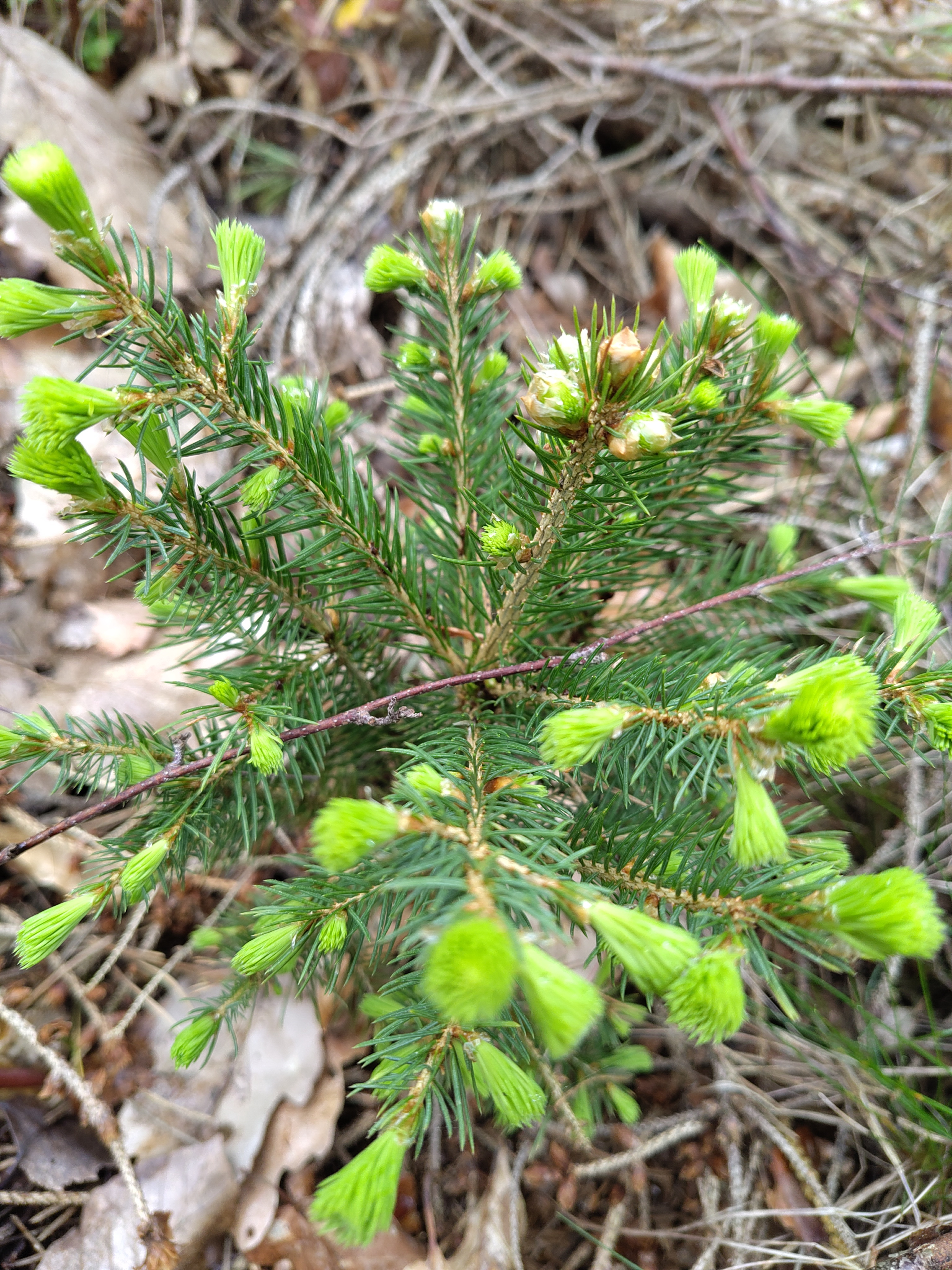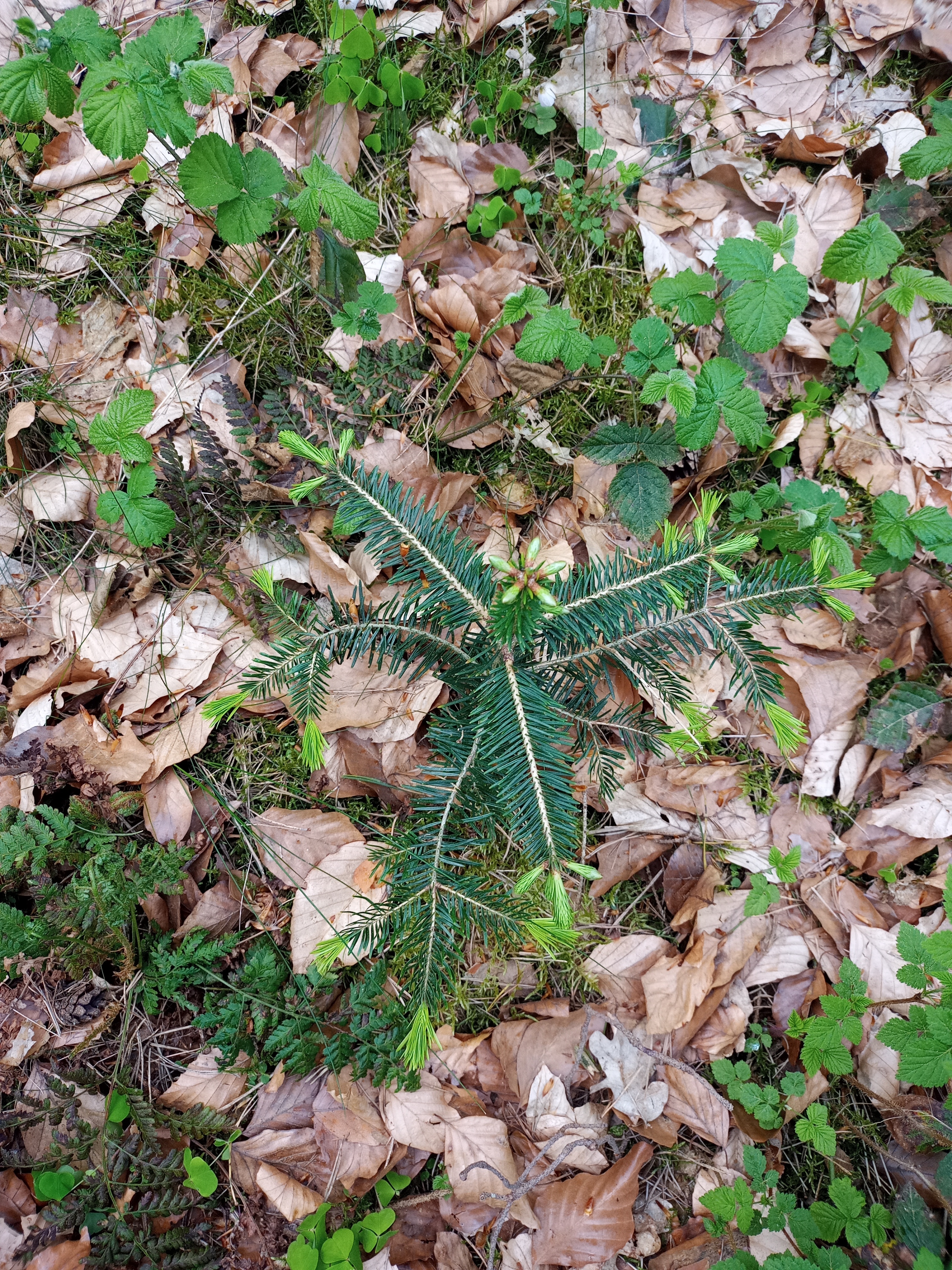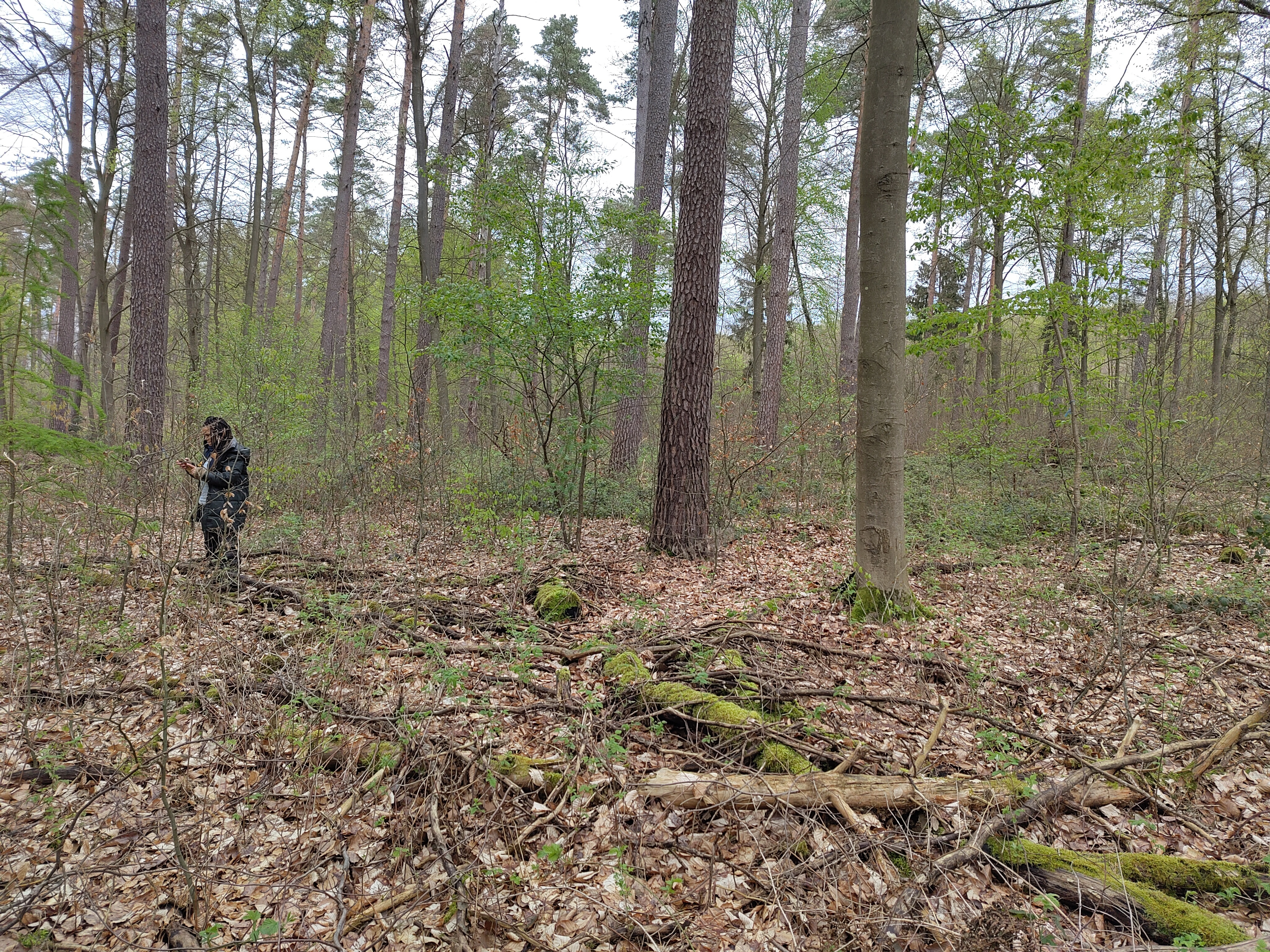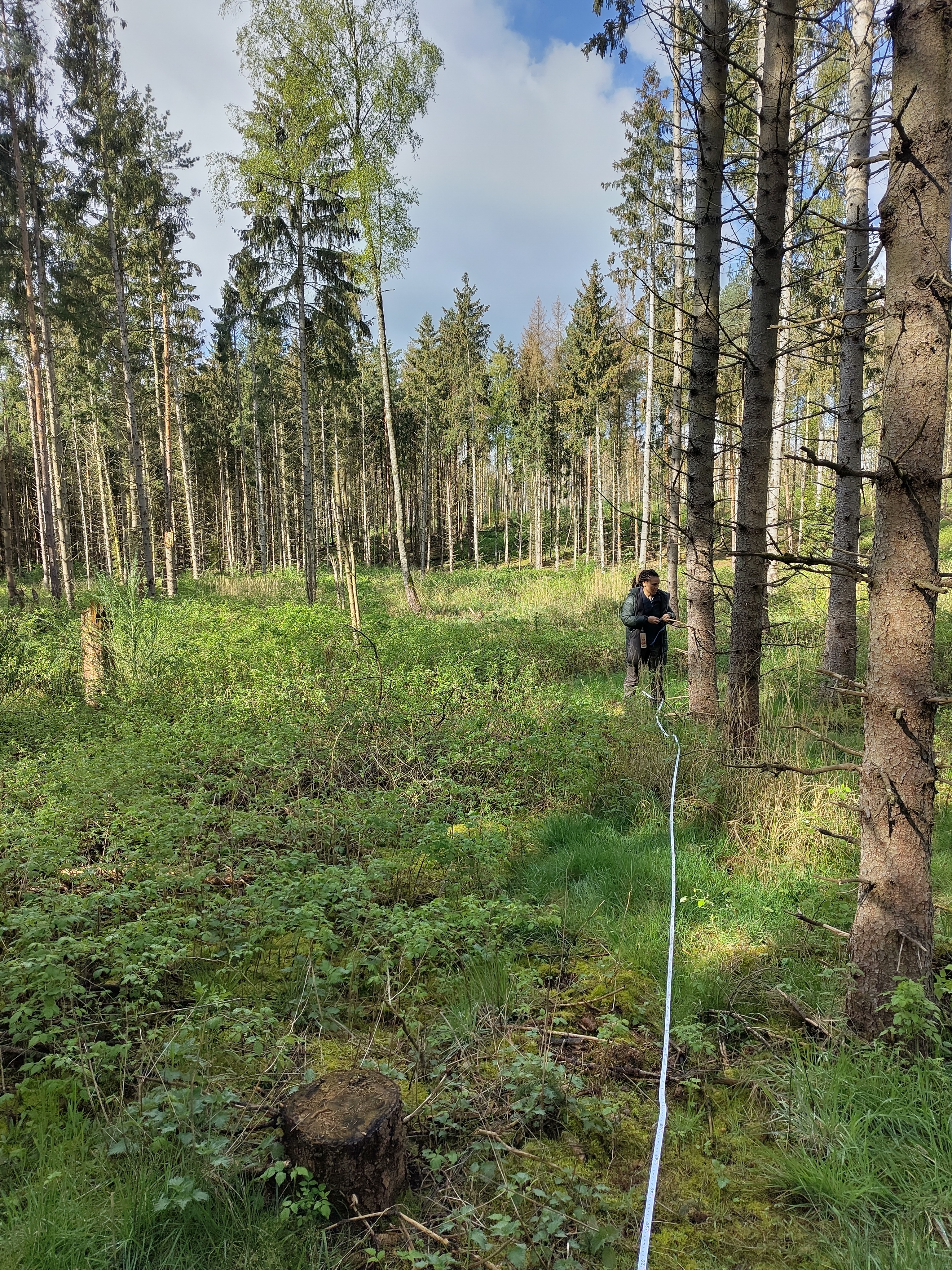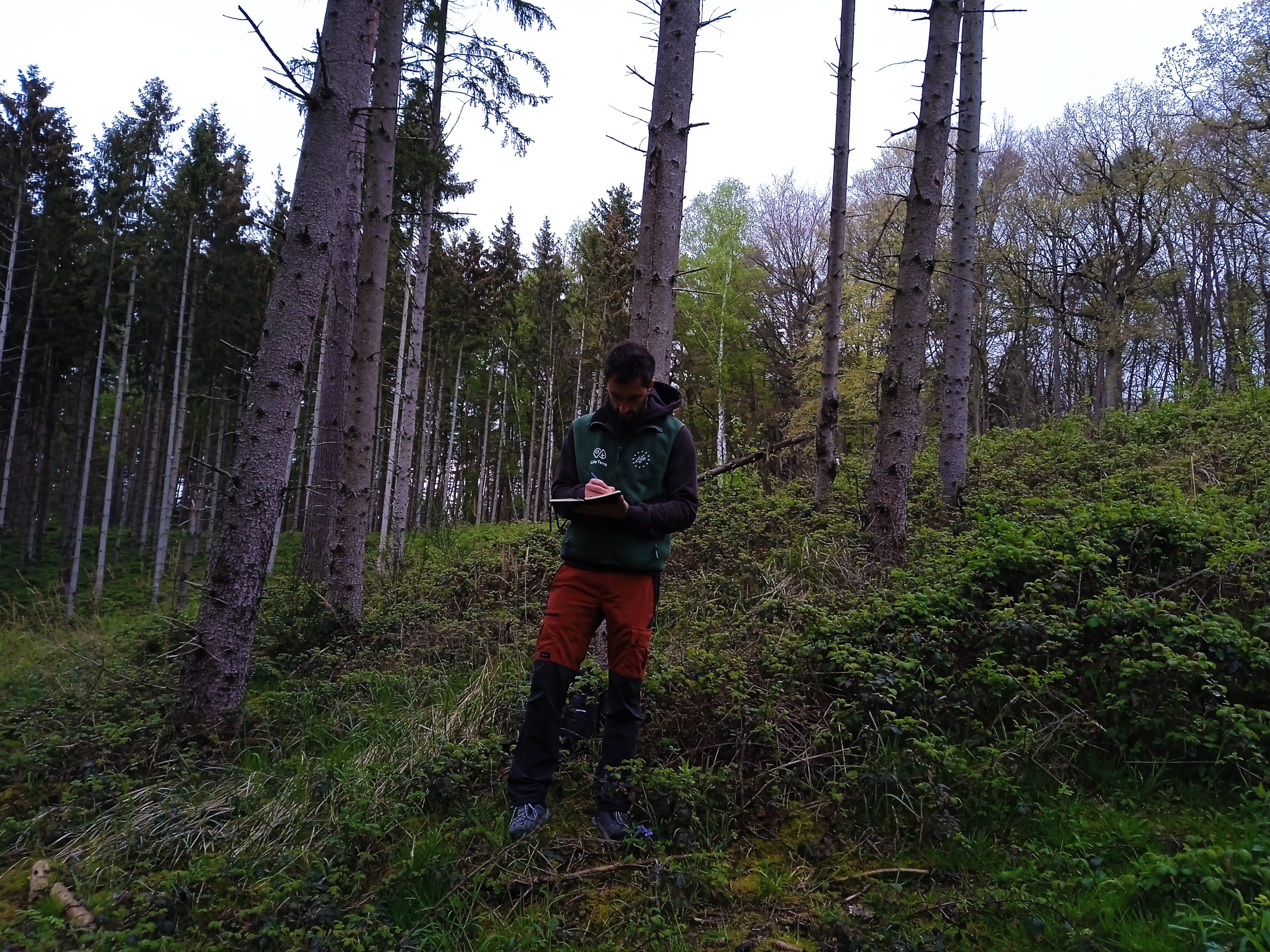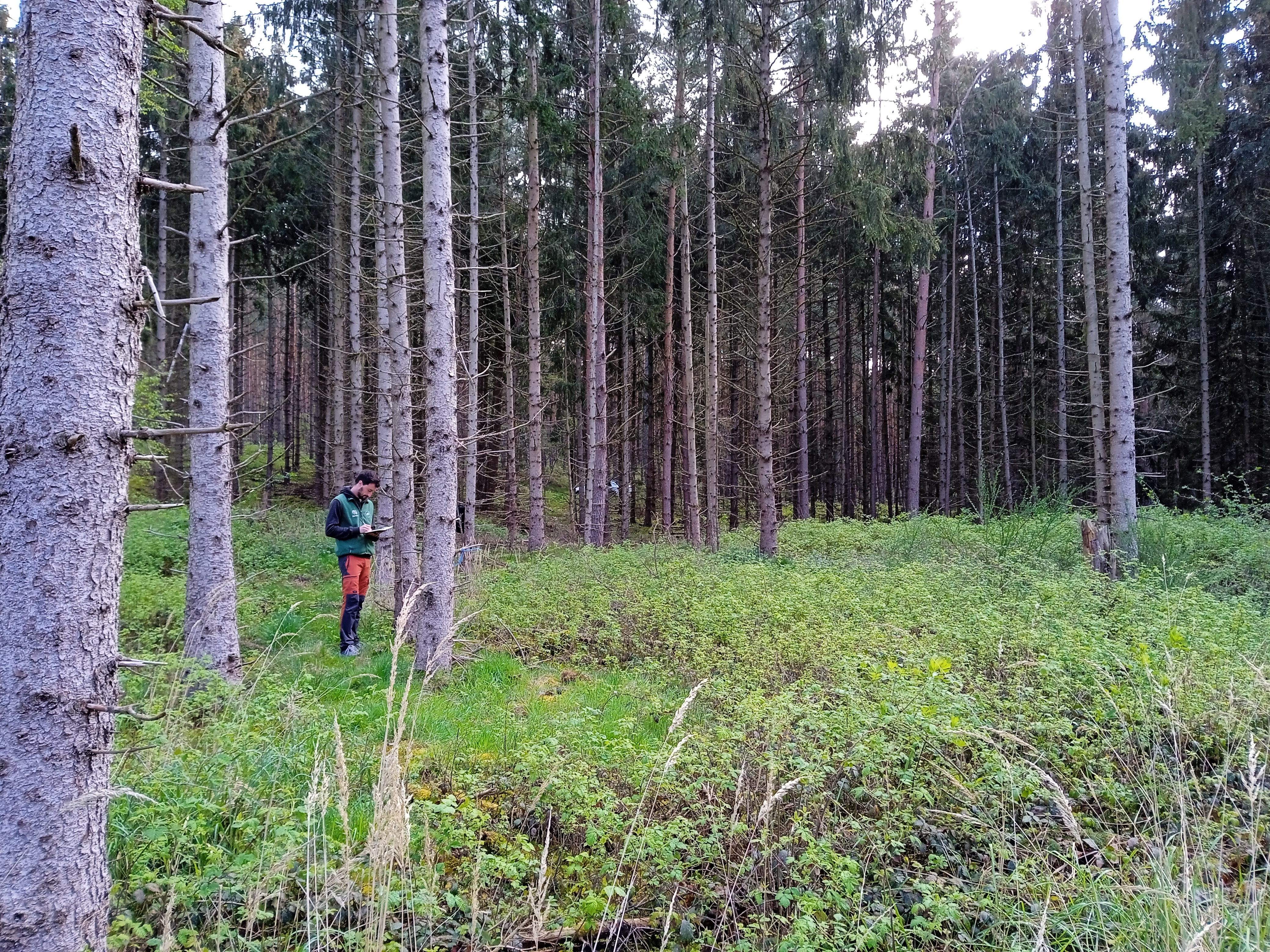Testing carbon certification in-field. Germany and the EVA Waldklimastandard
Carbon certification is an important aspect of today’s reforestation efforts. Carbon Removal credits can raise the value of a plantation by producing a tradeable product that the market demands. In many cases, it is only through the certification of plantings and the posterior revenue generated from credits that a reforestation project can become profitable and, therefore, possible.
There are many certification standards for the voluntary carbon market, and they all try to establish a niche in what they offer and require. In Life Terra, we believe that exploring these markets, certifiers and niches is necessary to gather enough insights to know which standards are best tailored for which projects. The objective, ultimately, is to promote the best ecological practices for each case. Ensuring ecological additionality and a financial return for landowners is what will truly make a difference in climate action.
We recently started a collaboration with the EVA Wald-Klimastandard to promote high-quality carbon credits for reforestation in Germany. Because of this, the Life Terra team visited several plots of our reforestation projects in Germany, in the areas of Lärz-Krümmel and Basedow. After several days in the field, measuring baseline scenarios, natural regeneration, competing vegetation, canopy cover and other sylvicultural indicators, we managed to gather enough information to understand which projects and circumstances best adapted to this standard.
This method works perfectly for barren forest areas destroyed by calamities (wildfires, bark beetle, tornadoes, etc) that have been quickly reforested. But Close To Nature Forestry, or CNF, which is also present in the area, will have its way through this standard, with new methods that are soon to come. Interesting news will follow.
